
The Shelling of Mainila (Finnish: Mainilan laukaukset) was a military incident on November 26, 1939, where the Soviet Union's Red Army shelled the Russian village of Mainila (located near Beloostrov), declared that the fire originated from Finland across a nearby border and claimed losses in personnel. Through that false flag operation the Soviet Union gained a great propaganda boost and a casus belli for launching the Winter War four days later.[1][2]

Background

The Soviet Union had signed international and mutual nonaggression treaties with Finland: the Treaty of Tartu of 1920, the Non-aggression Pact between Finland and the Soviet Union signed in 1932 and again in 1934, and further the Charter of the League of Nations.[2]
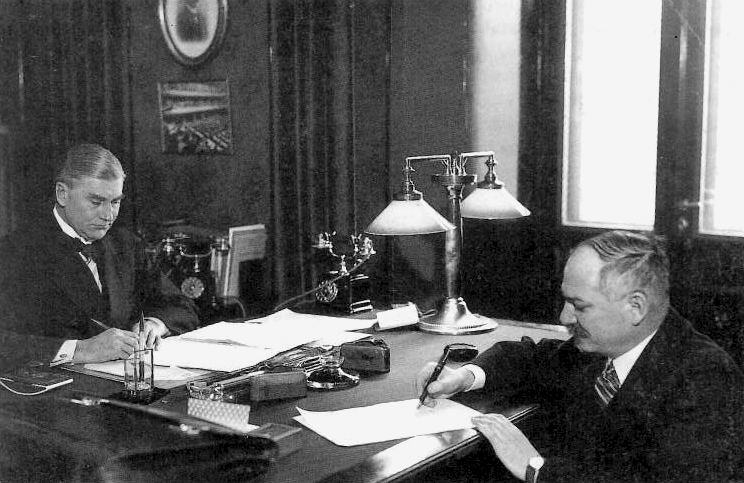
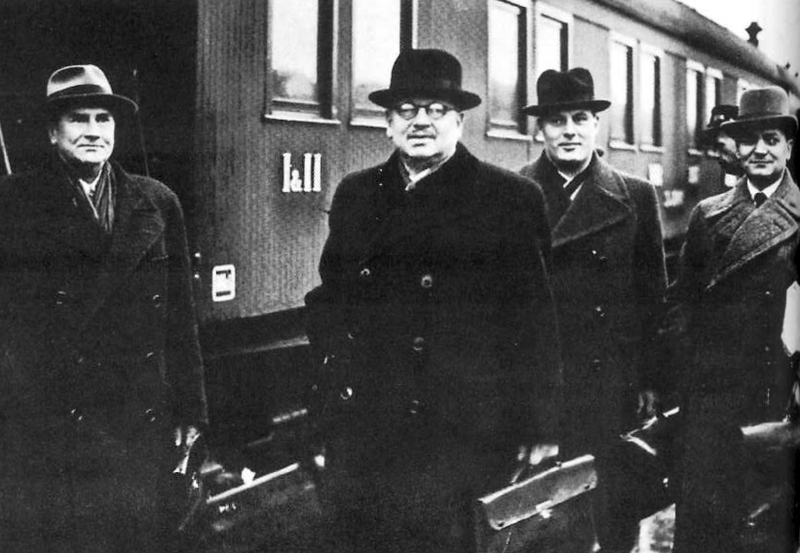
The Soviet government attempted to adhere to a tradition of legalism, and a casus belli was required for war. Earlier in the same year, Nazi Germany had staged the similar Gleiwitz incident to generate an excuse to withdraw from its nonaggression pact with Poland.[1]

Also the Soviet war games held in March 1938 and 1939 had been based on a scenario where border incidents taking place exactly at the village of Mainila would have sparked the war.[3]
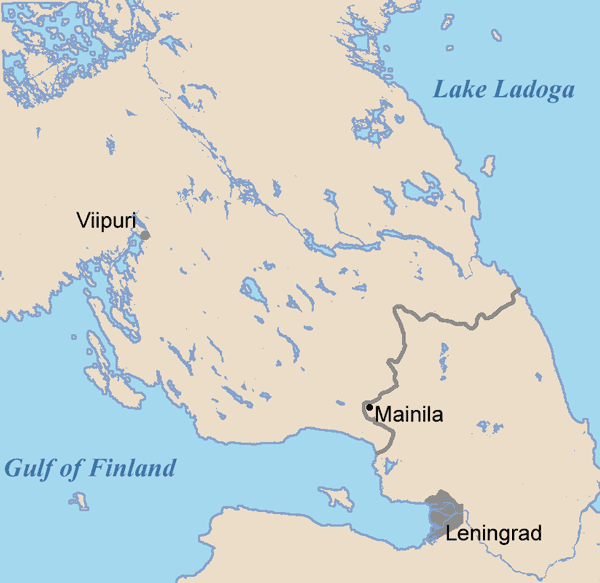
The incident
Seven shots were fired, and their fall was detected by three Finnish observation posts. These witnesses estimated that the shells detonated approximately 800 meters inside Soviet territory.[4] Finland proposed a neutral investigation of the incident, but the Soviet Union refused and broke diplomatic relations with Finland on November 29.[5]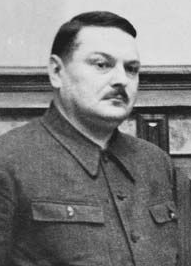
Materials in the private archives of Soviet party leader Andrei Zhdanov heavily hint that the entire incident was orchestrated in order to paint Finland as an aggressor and launch an offensive.[6] The Finnish side denied responsibility for the attacks and identified Soviet artillery as their source — indeed, the war diaries of nearby Finnish artillery batteries show that Mainila was out of range of all of them, as they had been withdrawn previously to prevent such incidents.[7]
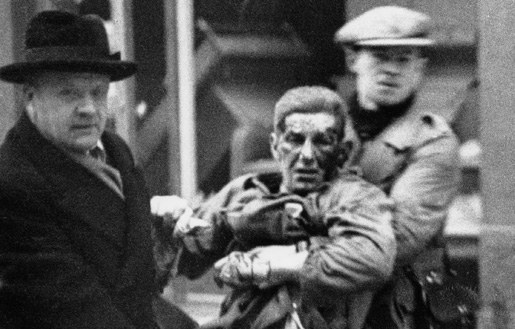
In the days following the shelling, the Soviet propaganda machine generated much noise about other fictitious acts of Finnish aggression.[example needed] The Soviet Union then renounced the non-aggression pact with Finland, and on November 30, 1939, launched the first offensives of the Winter War.
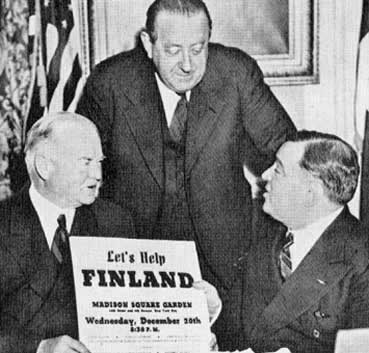
Aftermath

The Finns conducted an immediate investigation, which concluded that no Finnish artillery or mortars could have reached the village of Mainila. Field Marshal C.G.E. Mannerheim had ordered all Finnish guns drawn back out of range.[4] Furthermore, Finnish border guards testified that they had heard the sound of artillery fire from the Soviet side of the border.[2]
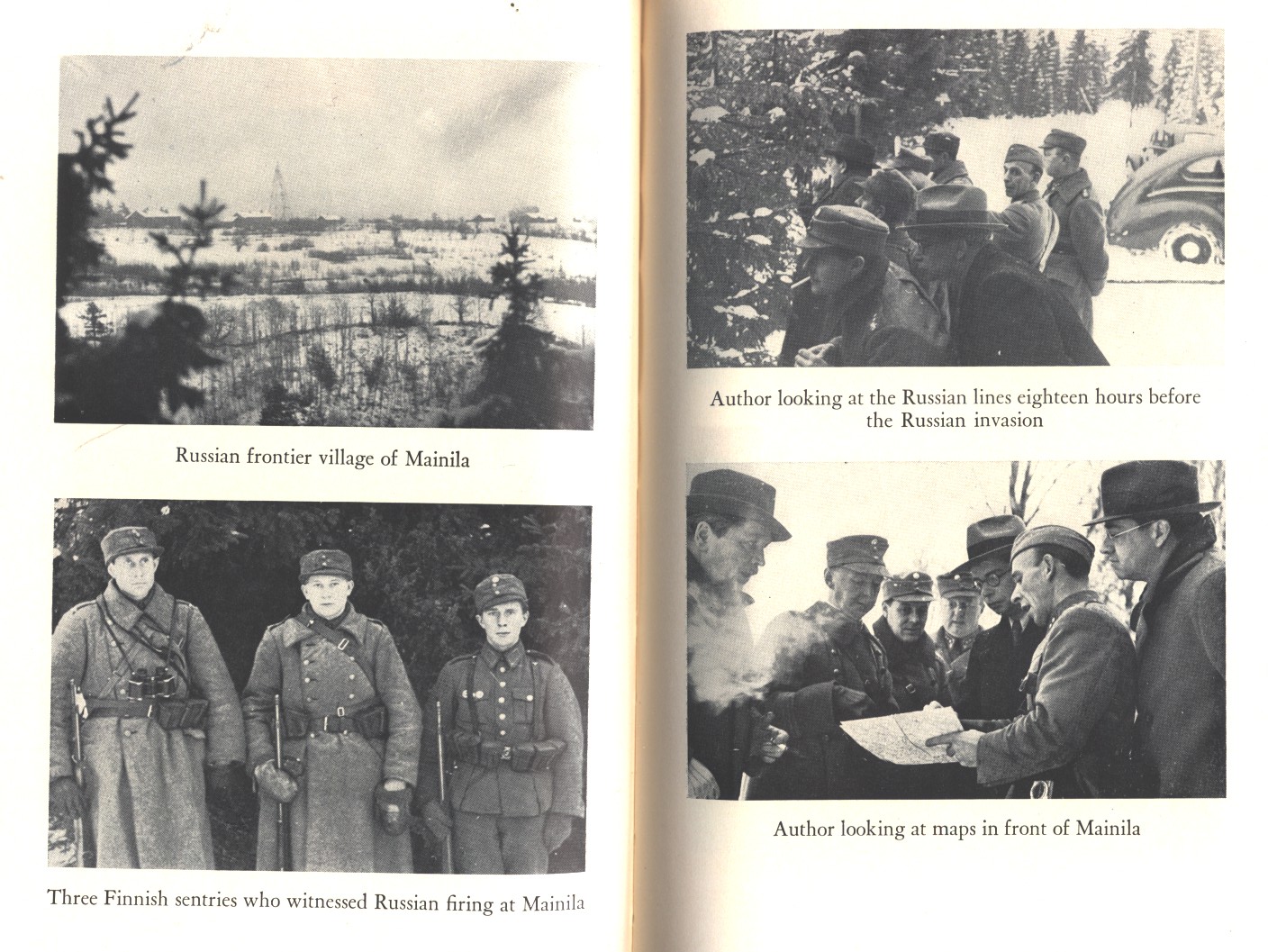
The Russian historian Pavel Aptekar analyzed declassified Soviet military documents and found that the daily reports from troops located in the area did not report any losses in personnel during the time period in question, leading him to conclude that the shelling of Soviet troops was staged.[8]

Years after the incident the leader of the Soviet Union Nikita Khrushchev wrote that the Mainila shellings were set up by Marshal of Artillery Grigory Kulik.[9]

In 1994, the President of Russia, Boris Yeltsin, denounced the Winter War, agreeing that it was a war of aggression.[10]

Taken from: http://en.wikipedia.org/wiki/Shelling_of_Mainila [26.11.2013]
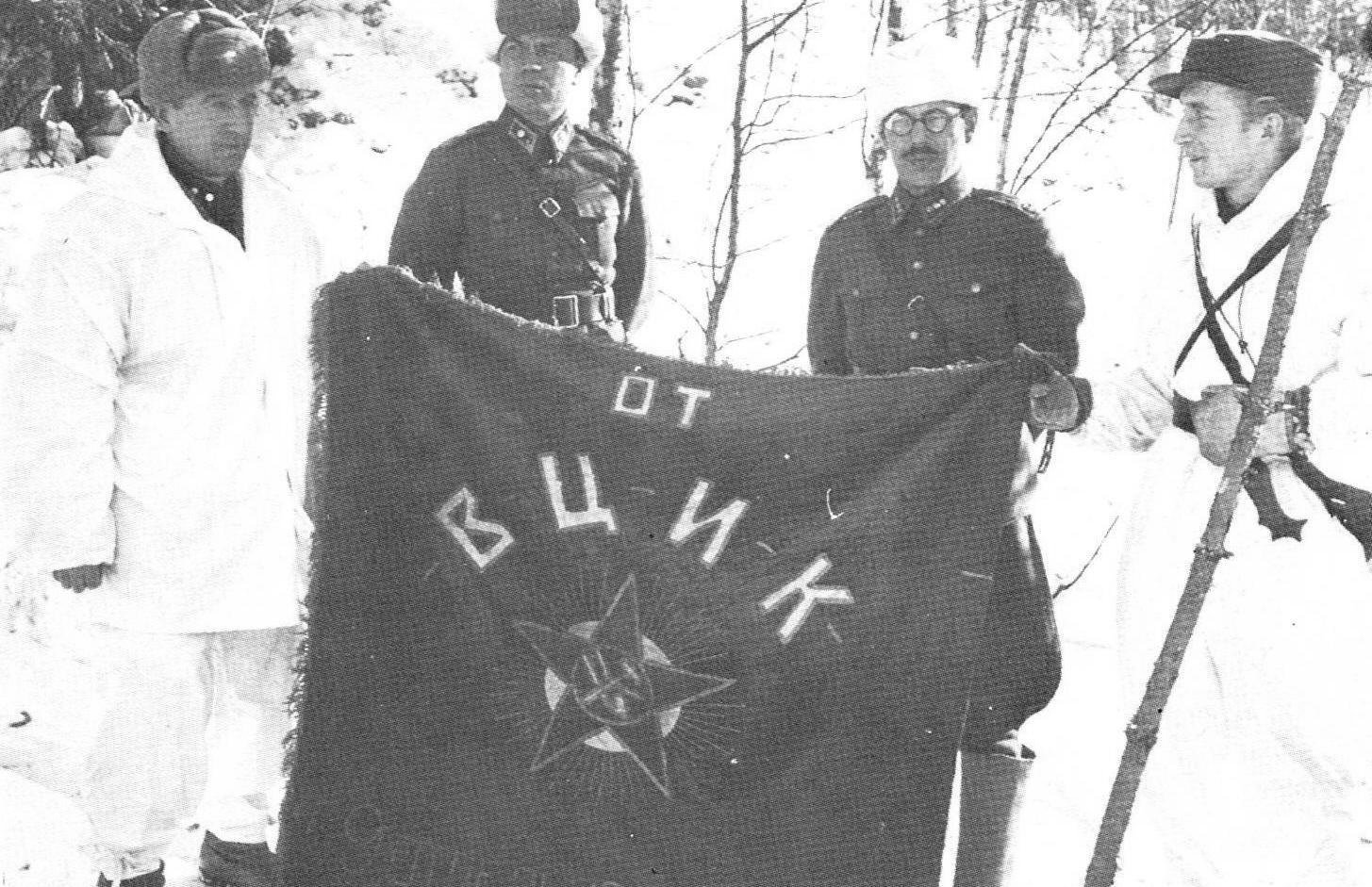
Citations
- ^ Jump up to: a b Edwards 2006, p. 105
- ^ Jump up to: a b c Turtola, Martti (1999). "Kansainvälinen kehitys Euroopassa ja Suomessa 1930-luvulla". In Leskinen, Jari; Juutilainen, Antti. Talvisodan pikkujättiläinen. pp. 44–45.
- Jump up ^ Leskinen, Jari (1997). "Suomenlahden sulku ja Neuvostoliitto" [Blockade of the Gulf of Finland and the Soviet Union]. Vaiettu Suomen silta [Hushed bridge of Finland] (in Finnish). Helsinki: Hakapaino Oy. pp. 406–407. ISBN 951-710-050-7.
- ^ Jump up to: a b Trotter 2002, p. 21
- Jump up ^ Heikkonen, Esko - Ojakoski, Matti: Muutosten maailma 4, ISBN 978-951-0-33919-0, WSOY, 2004 p. 125
- Jump up ^ Manninen, Ohto: Molotovin cocktail-Hitlerin sateenvarjo, 1995
- Jump up ^ Leskinen, Jari - Juutilainen, Antti (edit.): Talvisodan pikkujättiläinen, ISBN 978-951-0-23536-2, WSOY, 2006
- Jump up ^ Pavel Aptekar in article Casus Belli using casualty reports as sources (Там же Оп.10 Д.1095 Л.37,42,106.130,142) (Russian)
- Jump up ^ Trotter 2002, p. 22
- Jump up ^ In a joint press conference with President of Finland Martti Ahtisaari at Kremlin May 18, 1994; Many Karelias Virtual Finland, November 2001, archived February 2, 2009 from the original (Finnish)

No comments:
Post a Comment